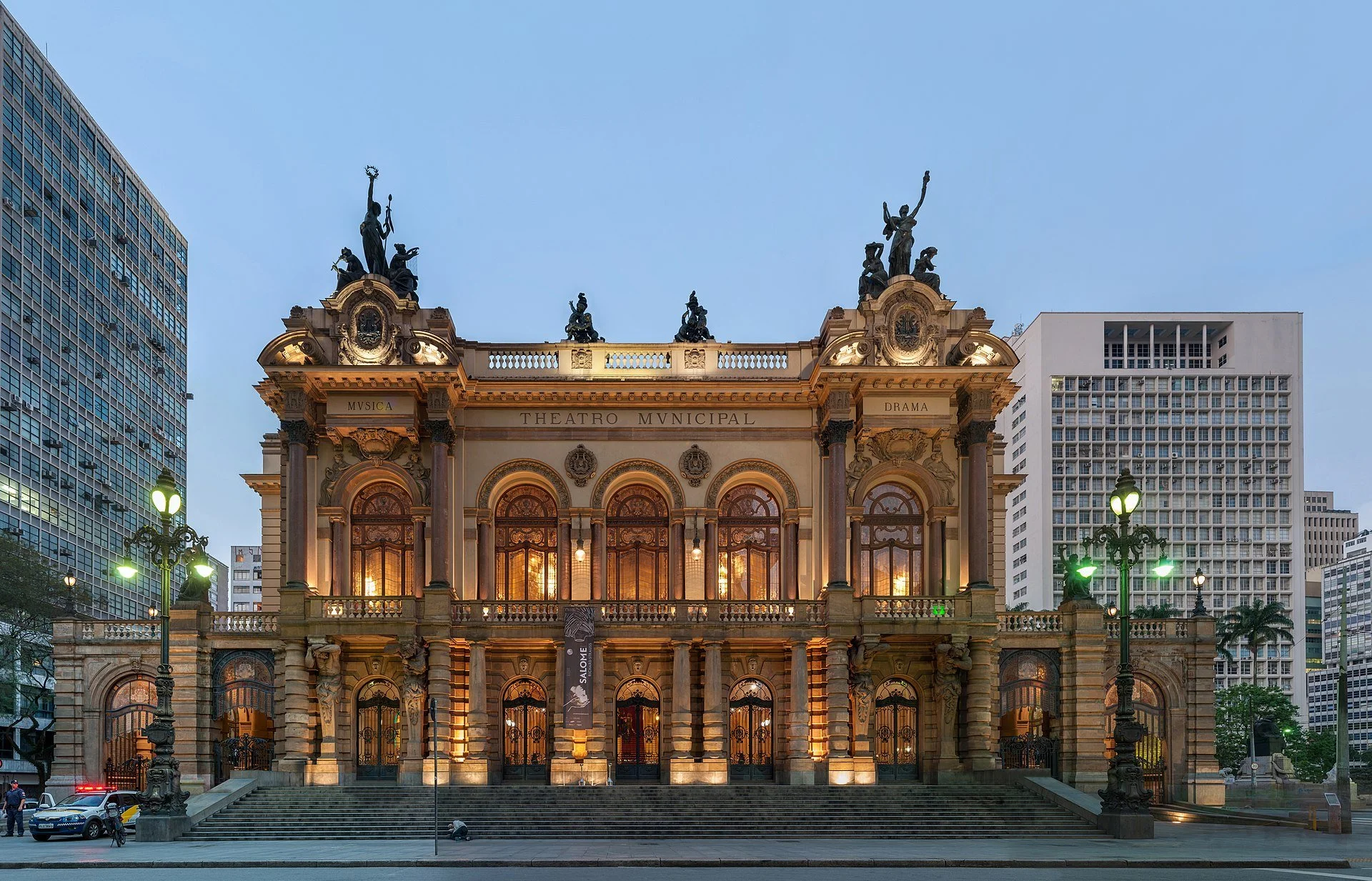The Best Things to Do in São Paulo, Brazil and Why You Should Visit Now
WRITTEN BY 5 REASONS TO VISIT® EDITORIAL STAFF
PUBLISHED JULY 2023 • 5 min read
The energetic metropolis of São Paulo, Brazil with its art house cinemas and experimental theaters is home to 20 million locals known as Paulistanos. The concrete jungle boasts an exploding nightlife scene with a matrix of underground clubs where travelers can dance until dawn—perfect for the three quarters who are open to “nightlife-centric vacations.”
São Paulo is ranked among the top 10 most populous cities in the world. It is Brazil’s largest urban area, bigger than Rio de Janeiro. The city has numerous cultural institutions and a rich architectural tradition. The buildings in the city are a mix of a Neo-Gothic cathedral and the 1929 Martinelli skyscraper, to the modernist curvy Edifício Copan.
São Paulo Museum of Art
Born in 1968, the iconic São Paulo Museum of Art is Brazil’s first modern museum, and is considered one of the most important museums in Latin America. With over 11,000 pieces of art from national and international artists, MASP boasts a diverse, inclusive, and plural museum, with a mission to establish, critically and creatively, dialogues between the past and present, cultures and territories, through the visual arts.
The museum is complemented with clear crystal easels designed to appear to float, by designer Lina Bo Bardi. Artwork free from the walls, hangs in the middle of the gallery space, meaning you can work out your own routes around the artwork, drawing your own connections and essentially choosing your own path through art history. Today MASP’s collections consist of paintings, sculptures, photographs and costumes from s wide range of periods, encompassing art from Africa, Asia, Europe, and the Americas.
Zoológico de São Paulo
Located south of the city, the São Paulo Zoo sits on over 200-acres of land, in what was originally the Atlantic Forest. The zoo has more than 3200 animals, from mammals to birds, reptiles to amphibians and 16 species of invertebrates, each enclosure replicates the natural habitats of these animals.
Source: Governo do Estado de São Paulo






